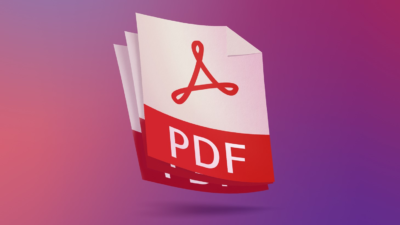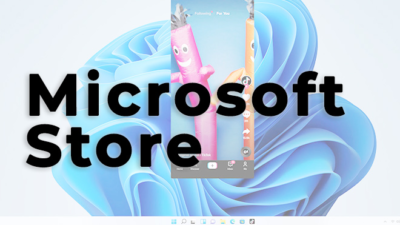How to increase conversion rate of your online selling campaign

It’s incredibly important to always work on increasing your conversion rate (the % of visitors who act on your desired goal). What if 10%, 25%, 50% or 90% of the people who visit your website actually purchased, subscribed, registered or whatever your goal is for them instead of the 2% Internet wide average? How much greater would your sales be, your cash flow, your profitability? What if you could dramatically increase your conversion rate just by testing and changing a few things?
And here’s the great thing:
Just a little increase in your conversion rate can mean a huge increase in your sales and cash flow.
How to beat competition in an online business environment
Conversion rate example
$100- average sale amount
$500- lifetime value of each customer (total purchases while they remain a customer)
If your current conversion rate (the number of visitors who purchase ÷ the total number of visitors) is:
2% (2 out of 100 visitors)
$200- average sales
$1000- total lifetime value
5% (5 out of 100 visitors)
$500- average sale
$2500- total lifetime value
10% (10 out of 100 visitors)
$1000- average sales
$5000- total lifetime value
You can see that by just converting a few more visitors, you’re getting a huge increase in total revenue. I stopped with a 10% conversion rate, but nothing says that you can’t test and tweak until you get that conversion rate higher. What about 20%, 50% or more? All of a sudden, the numbers become huge and all without a lot of extra effort or expense on your part.
How to design a business card that doesn’t sucks
You won’t be able to achieve a 100% conversion rate, because a certain of the portion of your visitors arrive at your website accidentally and really didn’t mean to land there. But even if that were to represent as much as 10 % of the total, that still leaves a possible 90% conversion rate.
51 ways to increase your conversion rate
- Write for the web- make your content scannable- headings, subheadings, bullets and boldface
- Make your content easy to read- font size, font style, color, and background
- Answer your visitor’s questions, before they’re asked, especially- “What’s in it for me”?
- Make it clear why they should do business with you
- Improve your navigation- guide visitors to the action you want them to take
- Keep your navigation consistent throughout your website
- Make sure your website is easy to use
- Test, test, test- headlines, colors, fonts, images, call to action buttons, placement of elements, etc., etc., etc.
- Use A/B split testing and multivariate testing
- Reduce your download speed by reducing large image files and eliminating flash animation
- Use web analytics software (free or paid) to understand your visitor’s behavior
- Make sure your content is relevant
- Use simple language, not industry jargon
- Match your landing message to the marketing message the visitor clicked on
- Contact customers who abandon their shopping cart, ask why and offer them an incentive
- Offer multiple ways to pay and to order
- Offer a toll-free phone number
- Offer customer service
- Cross-sell or up-sell on order confirmation page. Customers are more likely to buy when they already have their credit card out
- Add a tell-a-friend script to the order confirmation or thank you page
- Use trust badges and reassurance logos such as GeoTrust, Verisign, protected by ________, Stripe and others
- Place your privacy, security, shipping, guarantee, and return policies or links at the points of greatest customer anxiety
- Offer a free trial
- Provide full contact information
- Anticipate objections and answer them in advance
- Offer free shipping
- Add incentives
- Don’t ask for unnecessary information
- Test your site’s usability
- Focus on benefits rather than features
- Offer reviews/testimonials
- Make sure your USP (unique selling proposition) is clear
- Use psychological triggers
- Test your pricing
- Test different offers
- Ask for the sale- tell your visitor exactly what you want them to do- “Buy Now”, “Order Here,” “Add to Cart,” etc.
- Survey your current customers
- Create an exit survey for visitors
- Add a site map
- Address needs of different personas
- Place your important points above the fold
- Check your spelling
- Make sure your links work
- Create both thumbnails and full-size images of products
- Design your site so that it’s accessible for impaired individuals
- Use eye-tracking and heat mapping software
- Check how your website looks with different browsers and screen resolutions
- Hire a proven copywriter
- Position your website and yourself as the authority/expert in your industry
- Use conventional icons- don’t make your visitor think because they’ll just leave instead.
- Be upfront about pricing and shipping costs- before your visitor has to give any personal information.
Digital marketing enthusiast and industry professional in Digital technologies, Technology News, Mobile phones, software, gadgets with vast experience in the tech industry, I have a keen interest in technology, News breaking.












